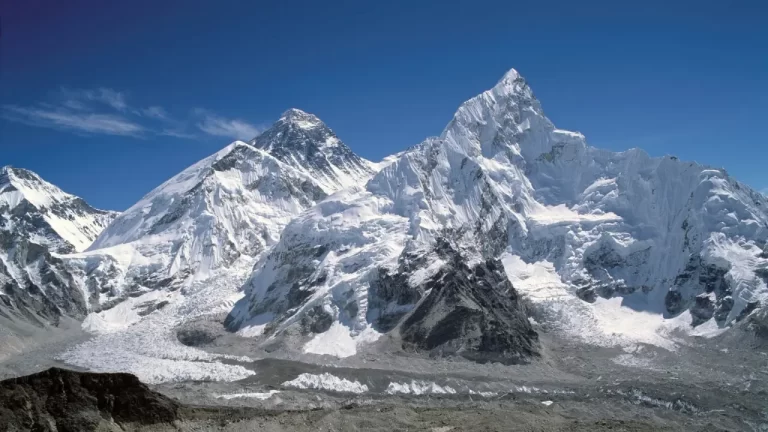Estimated reading time: 3 minutes
Why is it in the News
In August 2025, the Tangri River in Ambala, Haryana, swelled to unprecedented levels due to intense monsoon rains, surpassing the danger mark of 15,400 cusecs and reaching 30,000 cusecs. This situation prompted the deployment of the National Disaster Response Force (NDRF) and mass evacuations to safeguard thousands of residents in affected zones.
About Tangri River
- Tangri River, also known as the Dangri River, is a seasonal river originating in the Morni Hills of the Shivalik Hills, located on the border of Haryana and Himachal Pradesh states in India.
- It flows approximately 70 kilometers through Haryana, particularly impacting the Ambala region.
- The river is a tributary of the Ghaggar River, joining a network of rivers with a deep historical and geographical significance in North India.
Geographical Aspects of Tangri River
- The Tangri River originates from the Morni Hills, part of the Shivalik range in southeastern Himachal Pradesh, near the Haryana border. These hills are geologically young sedimentary formations marking the outer foothills of the Himalayas.
- The river flows southwest along the natural boundary between Haryana and Punjab before converging with the Markanda River near the Haryana-Punjab border in Kurukshetra district.
- The combined stream then meets the Sarsuti River in Kaithal district, and ultimately joins the Ghaggar River near Kasoli town in Haryana, which further drains into the Thar Desert region.
- Tributaries:
- The Balaiali River, originating near the southern Morni Hills, joins Tangri near Chajju Majra.
- The Amri River (also called Dadri or Shahzadpur Wali River) merges into Tangri downstream, having first collected tributaries like the Omla River.
- These interconnected streams and small rivers contribute to the hydrology of the Ghaggar basin.
- The basin is divided into two main geomorphological areas—Bangar, which is higher land not prone to flooding, and Khadar, the lower, flood-prone alluvial plains. These influence agricultural practices and settlement patterns along the river.
- As a seasonal river, Tangri’s flow is heavily dependent on monsoon rains, leading to periodic flooding during heavy rainfall years and almost dry conditions during winters and dry seasons.
- The river flows through the sediment-rich Siwalik foothills, where riverbed siltation and limited dredging have contributed to the recent rise in flood risks.
FAQs
Q1. Where does the Tangri River originate?
The Tangri River originates from the Morni Hills, part of the Shivalik foothills at the Haryana-Himachal Pradesh border.
Q2. To which major river is Tangri a tributary?
Tangri is a western tributary of the Markanda River, which later joins the Ghaggar River in Haryana.
Q3. What geographical features affect the river’s behavior?
The river’s passage through sediment-rich Siwalik foothills and the division of its basin into flood-prone Khadar and higher Bangar regions significantly affect flooding patterns.





























